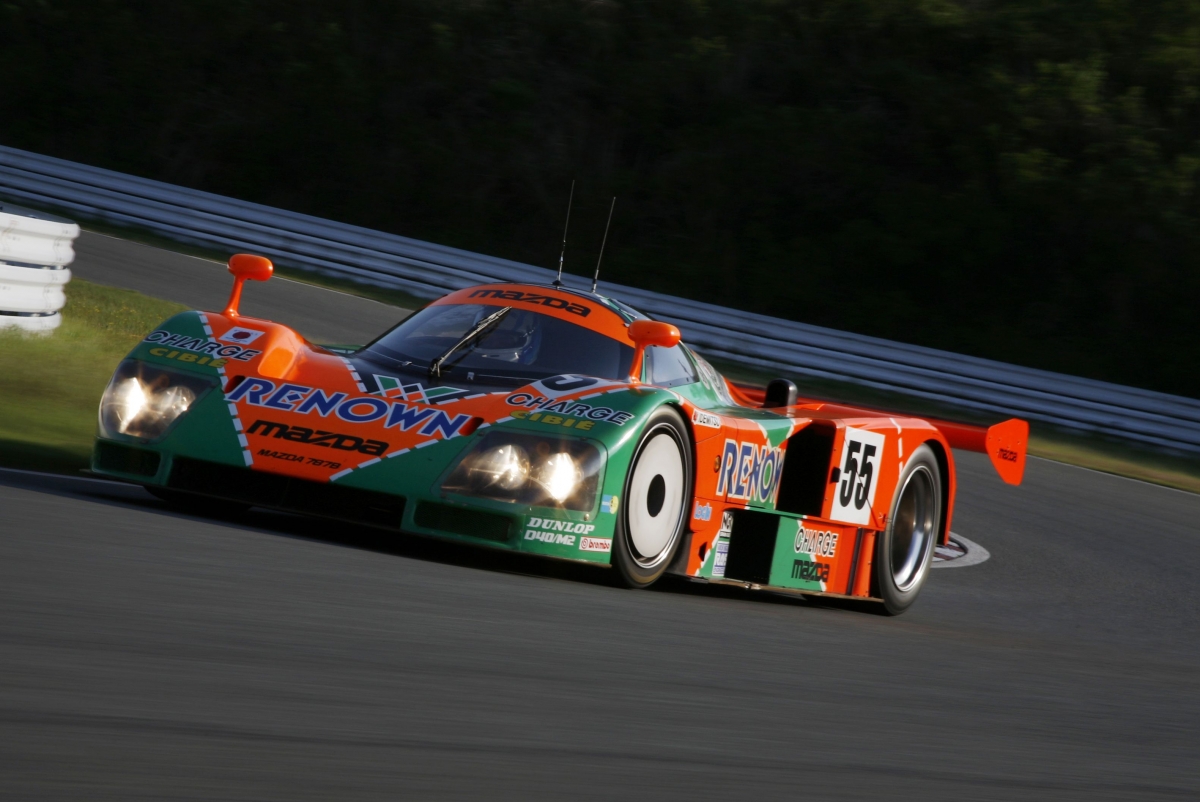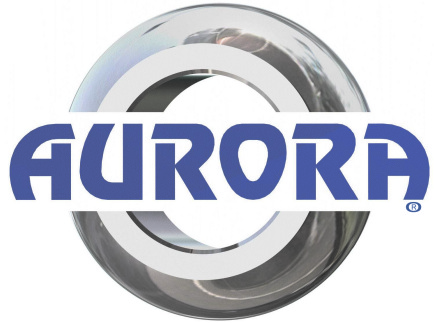Missing Mazda racer rediscovered after 35 years
A historic racing Mazda, which competed in 1982’s 24 Hours of Le Mans, has been rediscovered after being lost for many years.
The 254i, of which only two were ever made, was the last of Mazda’s Le Mans race cars to be based on a production car as the Hiroshima-based car company, like most of its rivals, switched over to the brand new Group C regulations in 1983. The car was not overly successful, with one car retiring early and one car placing 14th. It did, however, mean that the company did achieve its long-held goal of simply finishing the gruelling French endurance race.
The cars were built to IMSA GTX rules thanks to the marque’s success in the 24 Hours of Daytona, which allowed the car to run in various endurance races across the world. It also gave the cars their distinctive look, with long swooping tail, giant wing and huge boxy arches.
The 1982 cars were a development of the RX-7s run in previous years, with the rediscovered number 83 car actually being built on a chassis from its 253i predecessor. Although its success at Le Mans was limited, it was an important stepping stone on Mazda’s way to becoming the first Japanese marque to ever win the French endurance classic, a feat it finally achieved in 1991 with the 787B.

Following their showing at Le Mans, the two rotary-engined racers were shipped back to Japan, where they competed in several races in the JPSC Series. During these races, one of the 254is, which by this time had been painted yellow, was destroyed at a race at the Fuji Speedway. The other, which was painted pink, completed its last race, the Fuji 1000km in 1984 before going missing.
It was this car that was recently found in the relatively remote Okayama prefecture. Its identity was subsequently confirmed by Mazdaspeed’s then chief mechanic, who recognised the car’s unique brake system and rear suspension layout.
The car has now been recovered, and has been shipped to a composite specialist in Gotemba, Shizuoka, which will restore the bodywork. The car’s 13B rotary engine meanwhile, is set to be repaired by Isami Amemiya’s eponymous tuning company. It is hoped that, following its restoration, it will once again be taken racing.













